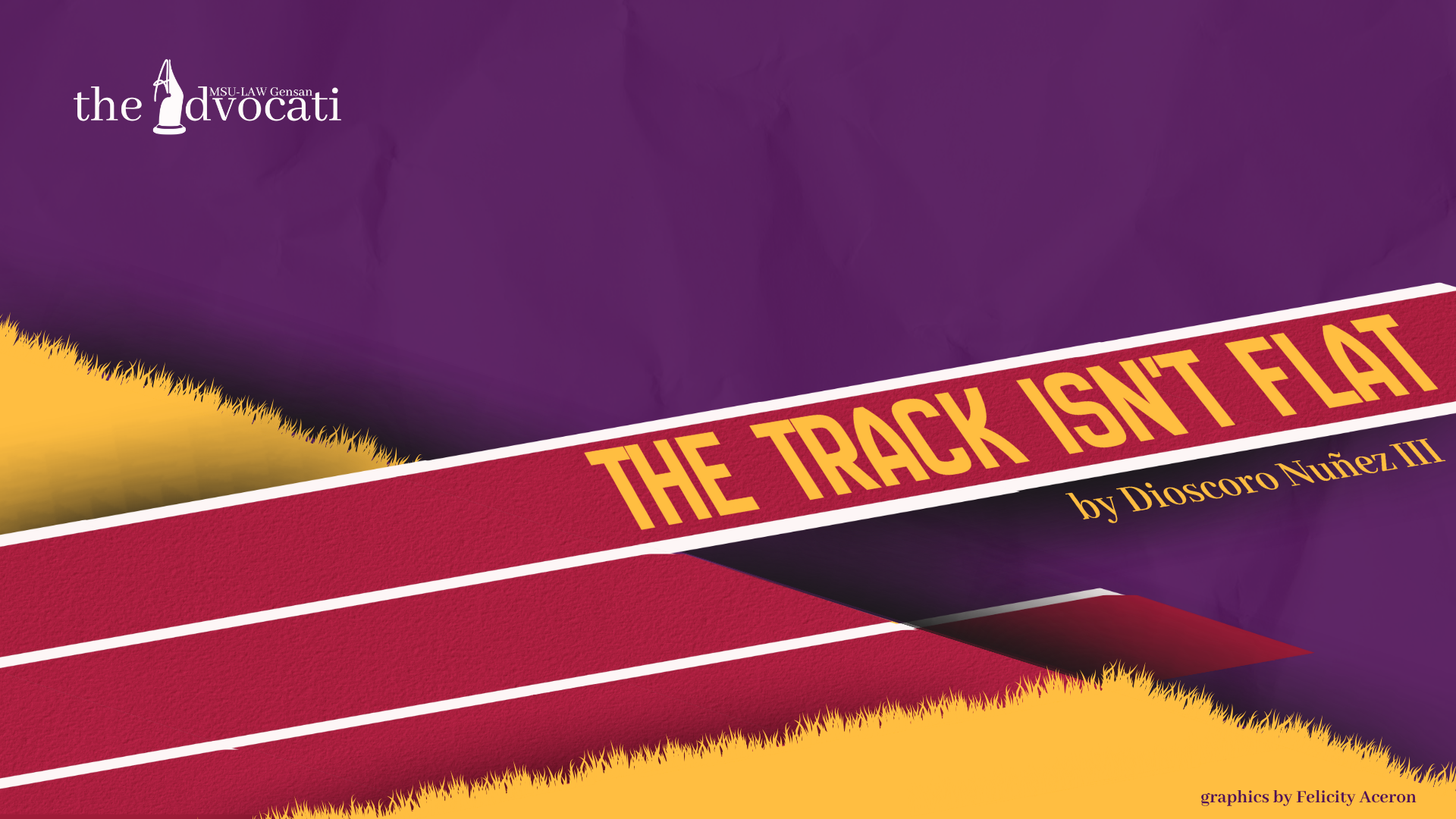By Dioscoro Nuñez III
From the sidelines of Batang Pinoy, General Santos City
They called it a celebration of youth. And on the surface, it really was: Thousands of athletes filled the city with motions, colors, and noises. But from the bleachers, the scoreboard told a different story.
Some delegations arrived in matching track suits, backed by multimillion-peso budgets. Their athletes trained year-round, stayed in hotels with air-conditioning and catered meals, and competed with full support teams: nutritionists, therapists, media crews. Their victories were earned, but also well-resourced.
Others came in cheap uniforms, riding buses that broke down en route. Their provinces scraped together funds for shuttle services and billeting. Or maybe nothing at all. Some athletes trained in repurposed parking lots, swam in open water, or practiced archery in alleyways. Their wins were understated, their losses heavier. Equipment or tools worth close to millions for some.
One swimmer broke multiple records, but her delegation had no fanfare. She walked to the pool with an old towel and a coach who carried her gear in a plastic bag. Another athlete hit every mark in her sport, but her province sent only a handful of competitors. No banners. No buses. Just composed determination.
We say the games are open to all. But access isn’t just about entry; it’s about infrastructure. It’s about who gets to train without interruption, who has the right shoes, or who has to skip practice to fetch water or sell fish. The rules may be the same, but the conditions are not.
And outside the stadium, the numbers speak louder.
As of late 2024, 63% of Filipino families now consider themselves poor. The highest in 21 years. In Mindanao, where many delegations came from, self-rated poverty reached 76%. These athletes didn’t just compete. They carried the weight of communities where electricity flickers, jeepney fares eat into dinner budgets, and school shoes are shared between siblings.
They ran with the urgency of those who know that sport isn’t just recreation; it’s negotiation. A chance to be seen by scouts, to qualify for scholarships, to earn a slot in a city program that might lift their family out of the arithmetic of daily survival.
Behind every sprint was a story of rationed rice. Behind every dive, a barangay with no clean water. Behind every punch, a household where remittances arrive late and tuition fees pile up like laundry.
These athletes weren’t just representing provinces. They were representing the gap between policy and practice, between promise and access, between what the Constitution guarantees and what the barangay actually receives.
Still, they ran. Still, they stood on podiums that didn’t know the full weight of their journey.
The event ended with fireworks. But I kept thinking about the girl who missed her heat because her team’s bus broke down. About the boy who won bronze and returned to a home with no electricity to charge his phone. About the composed strength of those who didn’t medal, but showed up anyway.
The track isn’t flat. The lanes aren’t equal. But the race is real. And if we’re serious about justice, not just in sport, but in society, we must stop pretending that merit alone determines the outcome.
Because behind every finish line is a story. And some of them begin far behind the starting gun.

